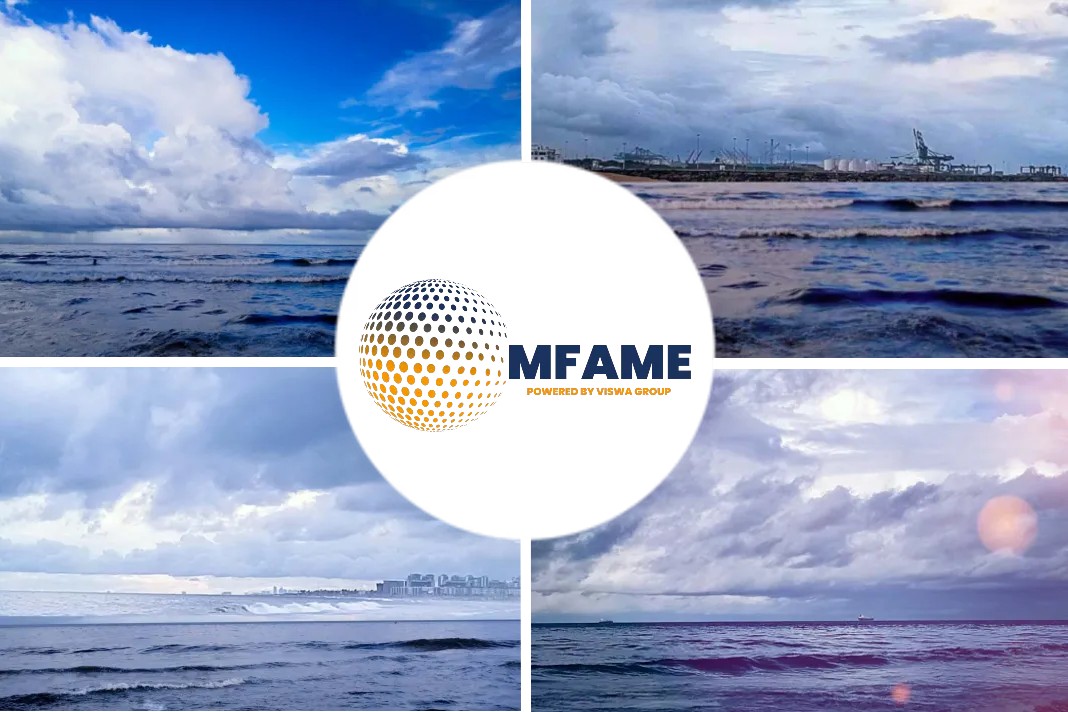- In effect of COVID-19, global bunker fuel to fall in 2020 with range forecasts between -7% to -17%.
- Singapore bunker fuel sales, when compared to the same period last year was up 5.3%.
- The virus has resulted in overall demand destruction for oil, thereby reducing the price of 0.5% sulfur marine fuels
- The price differential between HSFO and VLSFO averaged $298.90/mt in the month of January.
- Scrubber installations have also been halted due to several factors.
- IMO 2020 Transition forces the shipping industry to switch to cleaner 0.5% sulfur marine fuels
Global bunker fuel demand is expected to decrease significantly in 2020 reflecting the impact of the coronavirus pandemic, with tough market conditions amplifying credit risks in an industry that had to earlier transition to the International Maritime Organization’s low sulfur mandate, says an article published by S&P Global Platts.
“Forecasts we’ve heard from our members range from minus 7% to minus 17%. What we’ve seen is that demand is gravitating towards safe havens,”
Unni Einemo, director of International Bunker Industry Association,said.
A sharp drop in bunker fuels value
Demand for bunkers was initially resilient in major ports, but it has been variable elsewhere, she said, adding that most markets saw a sharp drop in bunker fuel sales volumes in June, with some even witnessing as high as 30%-40% year-on-year fall that month.
Still, demand has been quite resilient in ports where, from the buyer’s perspective, the quality is almost guaranteed and where the suppliers are or have been providing the best quality service, she said, noting that an example was Singapore, where bunker sales have remained strong.
Singapore bunker fuel sales from January to August was in fact up 5.3% when compared to the same period last year, the latest data from the Maritime and Port Authority of Singapore showed.
“Singapore has been among the least affected compared with other global markets because of its wide offering of products,” she said, adding it is among the few ports globally that continue to offer high sulfur bunker fuel.
Effects of the pandemic
The coronavirus, or COVID-19, the pandemic has resulted in overall demand destruction for oil that has enabled more fuel blending components to go into the marine fuel pool, thereby reducing the price of 0.5% sulfur marine fuels, Einemo said.
In January, the price differential between HSFO and VLSFO averaged $298.90/mt as the market was transitioning to LSFO. The price differential has since narrowed to an average of $62.73/mt in August, Platts data showed.
Scrubber installations put on hold
Scrubber installations have also been postponed or canceled for various reasons such as delays at yards, freight market considerations, saving capital expenditure in an already difficult environment as well as the Hi5 spread, she said.
This comes as some banks have already tightened credit for oil traders after the Hin Leong collapse while others have put in place mechanisms for heightened scrutiny before offering credit.
The current market environment also might lead to further consolidation through mergers and acquisitions as well as industry attrition, Einemo said.
More transparency is also required.
“From the buyer’s side, they need to provide suppliers with access to financial records which makes the suppliers confident in dealing with those buyers. And of course, from the suppliers’ side, [they need] to be open about the quality chain, supply chain, and to give a good service,” she added.
IMO 2020 Transition
“It’s safe to say that the transition to the IMO 2020 rule has been better than expected,” Einemo said.
“Compliance actually appears to have been good and that’s despite COVID-19 getting much in the way of policing [the rule],” she added.
The IMO 2020 rule heralded a drastic change as it forced the shipping industry to switch to cleaner 0.5% sulfur marine fuels, with VLSFO emerging as the chief marine fuel choice.
Prior to the rule, there was a lot of skepticism around VLSFO blends as it was thought they would be much more variable in nature than HSFO blends and would increase operational problems and quality claims, Einemo said.
“What we’ve heard is that they [VLFOs] burn better, they are cleaner and overall as long as you don’t have compatibility issues on your ship and are not unfortunate enough to get one of the fuels with sediments or unstable trends, they have been very good fuels,” she said.
Did you subscribe to our daily newsletter?
It’s Free! Click here to Subscribe!
Source: S&P Global Platts























